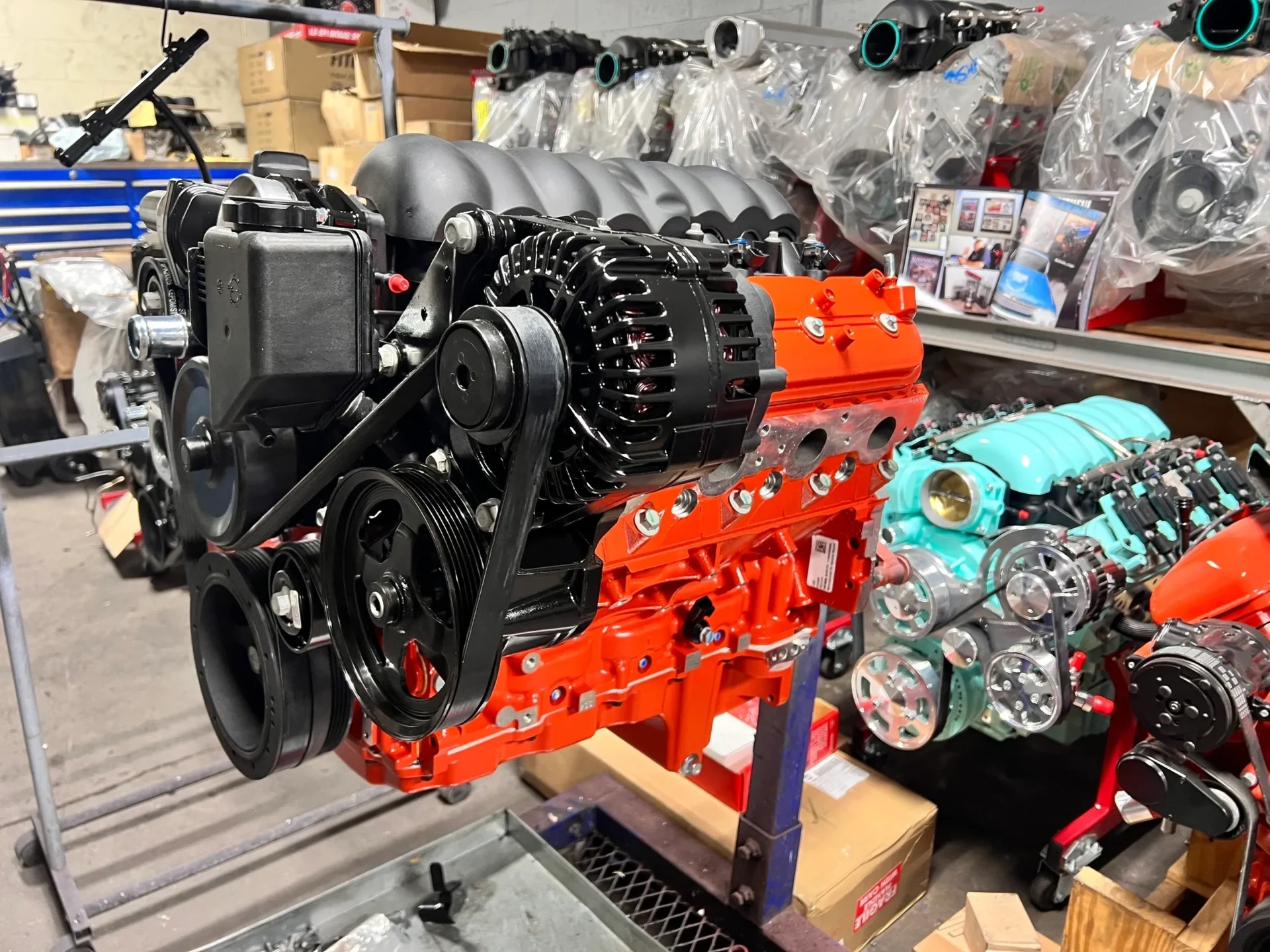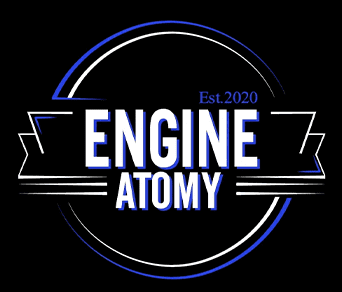
Troubleshooting
With the concept of putting in a modern engine in your classic car, the probability of error is bound to happen. To help reduce the chances of failure in the product that we provide, your engine has been bench-tested to ensure a one-time install. We run the engine through a few heat cycles to ensure the engine is free of any leaks, knocking, ticking, or red flags.
If you encounter any other of the following issues here are some quick tips to try to resolve your issue.
- Engine oil leaks - When running, your engine crankcase will build up pressure throughout the engine. Without proper ventilation, the pressure will not reach the point of the least resistance in the engine. Commonly, these points are the gaskets (rear main seal, oil pan, timing cover, valve cover gaskets).
a. Your engine has been provided with “breathers”. Most commonly found on the valve covers or valley plate. Make sure these are not capped and run back to the intake, or to an oil catch can. If you need help identifying your “breather” location, please feel free to reach out to ask. - Oil Pressure - If the engine oil pressure fails to rise, check to make sure the oil level on the dipstick is correct, then cycle the engine without it turning on.
- The engine is not starting/misfiring. Your standalone harness will come with 2 eyelets for grounds. They are located at the back of the driver’s side cylinder head. Please make sure those ground wires are making contact with bare aluminum and not over-painted.
a. Make sure you establish a ground wire from the engine to the chassis.
b. Check all connections to computers/crank/cam sensors. Make sure these are plugged in all the way and ensure the clip lock is on.
c. Make sure you have 12 volts on your battery. A half-charged or bad battery will not support the electronics to operate as they should.
d. Check connections on your spark plug wires to the spark plugs as well as to the coils.
e. Ensure you are fully plugged into the injectors.
f. The MAF sensor has an airflow direction. Be sure that the MAF sensor is facing the right way. (There will be an arrow for airflow direction).
g. Make sure the Manifold Absolute Pressure sensor (MAP) is plugged in all the way and receives a good vacuum reading. (A common symptom will be backfiring).
h. Check to make sure you have adequate fuel pressure.
i. If running remote coils, make sure your firing order is correct. There is a coil sub-harness that connects from the coils to the main standalone harness. This will cause a misfire and possibly result in a bad engine. Each coil plug will have 4 wires. 3 of those wires (black, brown, and pink) will be on all 8 cylinders. There is one wire that will be different. These sub harnesses should be plugged in already; however, please make sure that the following is plugged in correctly. j. The sub-harness on the driver side (cylinders 1,3,5,7)
Purple wire for cylinder 1
- Blue wire for cylinder 3
- Green wire for cylinder 5
- Red wire for cylinder 7
ii. On the passenger side (cylinders 2,4,6,8)
-
- Red wire for cylinder 2
- Green wire for cylinder 4
- Blue wire for cylinder 6
- Purple wire for cylinder 8
k. Check the fuse block to make sure there aren’t any wires that have been mistakenly pulled out of their places.
